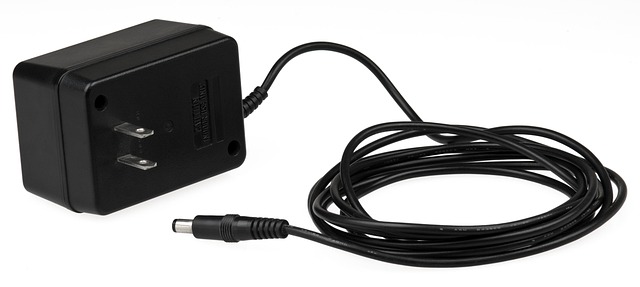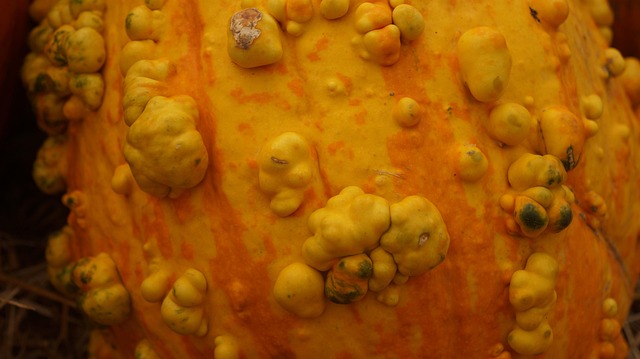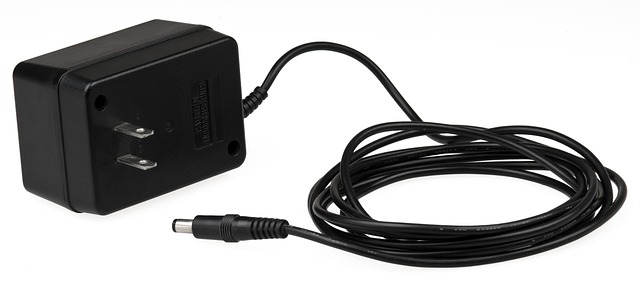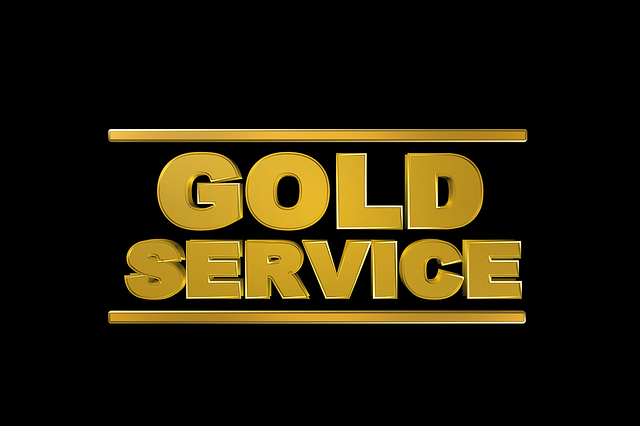Cryotherapy wart removal services offer a non-invasive treatment for warts and some cancers, but carry risks like temporary skin issues and potential tissue damage if not administered correctly by qualified professionals in cities like Gloucester, Salford, Bradford, Sheffield, Blackburn, Leeds, West Midlands, Wolverhampton, and Woking. Discuss side effects with healthcare providers before undergoing this procedure.
“Cryotherapy, a promising treatment for various skin conditions, including warts, has gained popularity as an alternative solution. However, understanding its risks and side effects is crucial before undergoing this procedure. This comprehensive guide aims to demystify cryo therapy, focusing on its benefits and potential hazards, especially when targeting warts. From common post-treatment reactions to rare complications, we’ll explore what to expect during and after the process. Additionally, we’ll offer insights into minimizing risks and long-term recovery.”
- Understanding Cryotherapy: A Comprehensive Overview
- Benefits and Risks of Cryo Therapy for Warts
- Common Side Effects: What to Expect During and After
- Mitigating Risks: Precautions Before and After Treatment
- Long-term Impacts: Rare Complications and Recovery
Understanding Cryotherapy: A Comprehensive Overview

Cryotherapy, also known as cold therapy or criotherapy, involves the exposure of the body to extremely low temperatures for a short period. It has gained popularity as an alternative treatment method for various conditions, including skin issues like warts and certain types of cancer. When it comes to removing warts, especially those considered severe cases, a cryotherapy wart removal service in Gloucester or any other clinic could offer a non-invasive solution.
This procedure is often used as a last resort when conventional treatments fail. The low temperature freezes the targeted tissue, causing cell death and leading to the elimination of the abnormal growths. While it may sound extreme, cryotherapy has shown promising results for many, but like any medical procedure, it carries certain risks and side effects. Is cryo therapy safe? This question is a common concern, especially when considering treatments for warts or visiting a Gloucester wart clinic. Understanding these potential drawbacks is essential before undergoing such a treatment to ensure informed decision-making regarding severe wart cases.
Benefits and Risks of Cryo Therapy for Warts

Cryotherapy, or cryo therapy, offers a unique approach to wart removal, presenting both potential benefits and risks when compared to traditional methods. This non-invasive procedure involves freezing warts using liquid nitrogen, aiming to destroy the infected tissue. One advantage is its relatively quick and effective results, often providing relief from unsightly warts within just a few treatments. It’s particularly appealing for those seeking a permanent wart solution near me, as cryo therapy has a reputation for being a reliable long-term fix.
However, like any medical procedure, it carries certain risks and side effects. Common complaints include temporary skin redness, swelling, and discomfort at the treatment site. In rare cases, cryo therapy can lead to skin blisters or even tissue damage if not administered correctly. It’s essential to note that while warts may disappear after cryotherapy, they can sometimes reappear, prompting the need for repeat treatments. Therefore, individuals considering this wart removal service should be prepared for potential setbacks and consult professionals who specialize in cryo therapy for skin tags to ensure safe and effective procedures.
Common Side Effects: What to Expect During and After

Cryotherapy, while often sought for its potential health benefits, is not without risks and side effects, especially when it comes to procedures like wart removal. Common reactions can include temporary redness, swelling, and pain at the treatment site. These symptoms usually peak within a few hours after the procedure and subside within one to three days. It’s important to remember that cryotherapy uses extreme cold to destroy targeted cells, so some discomfort is expected.
After a cryotherapy wart removal service, individuals may experience itching or flaking of the skin, similar to a mild sunburn. In rare cases, blisters or frostbite can occur, particularly if the treatment was applied to sensitive areas. For those considering treatments in cities like Salford, Bradford, or Sheffield, it’s advisable to consult with a qualified professional who can guide on what to expect and provide post-care instructions tailored to their specific needs.
Mitigating Risks: Precautions Before and After Treatment

Before undergoing cryotherapy for wart removal, it’s crucial to understand and discuss potential risks with a healthcare professional. While this service, like the blackburn wart clinic offers, is generally safe when administered correctly, side effects can include temporary pain, redness, swelling, and blistering at the treatment site. These symptoms usually subside within a few days but may require additional care.
To mitigate these risks, patients should follow instructions carefully before and after treatment. This includes keeping the treated area clean, avoiding exposure to sun or heat for a specified period, and applying recommended topical treatments. Alternatives to cryotherapy, such as private wart removal Gloucester offers, might be suitable for those concerned about side effects. However, each method has its pros and cons, so consulting with a healthcare provider is essential to make an informed decision.
Long-term Impacts: Rare Complications and Recovery

While cryotherapy is generally considered safe for common skin conditions like warts, long-term impacts and rare complications can occur, especially when performed by untrained professionals or in unsanitary settings. Some individuals may experience frostbite or tissue damage if the liquid nitrogen used isn’t properly controlled. These effects are more likely with repeated treatments or improper application.
Recovery from cryotherapy typically involves some redness, swelling, or blistering at the treatment site, which usually subsides within a week. However, in rare cases, long-term changes such as scarring or pigment abnormalities may persist. It’s crucial to remember that while services like private wart removal Leeds, West Midlands Wolverhampton wart clinic, and Woking wart clinic offer cryotherapy as an option, it should always be performed by qualified healthcare providers adhering to strict safety protocols.
Cryo therapy, while offering promising benefits for wart removal, is not without risks. Understanding common side effects, rare complications, and taking appropriate precautions can help ensure a safer experience. If you’re considering this treatment for warts, consult with a qualified healthcare provider to determine if a cryotherapy wart removal service is the right choice for your individual needs. Remember, proper protocol before and after treatment is key to mitigating risks and achieving the best possible outcomes.
